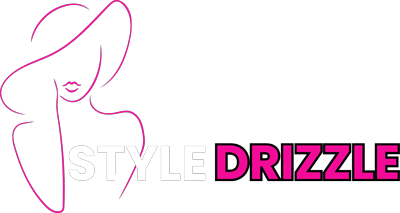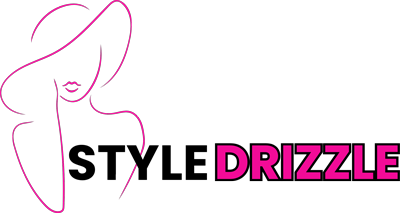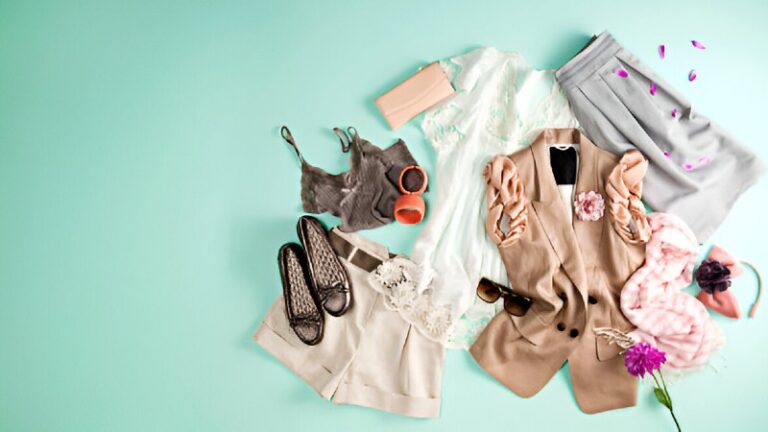Personal style is more than just clothing choices; it’s a reflection of who you are, your lifestyle, and even your personality. Yet, finding your unique style can feel overwhelming with countless fashion trends, social media influences, and seasonal changes.
Why Personal Style Matters
Your personal style is a form of self-expression that communicates your personality without words. Studies show that clothing affects both how others perceive you and how you feel about yourself. For instance, a 2012 study in Social Psychological and Personality Science found that enclothed cognition can significantly influence confidence and decision-making.
- Self-expression: Your wardrobe should reflect your values, lifestyle, and mood.
- Confidence: Dressing in alignment with your style can improve your self-esteem and presence.
- Practicality: A cohesive style helps streamline daily choices and reduces decision fatigue.
Step 1- Assess Your Current Wardrobe
Before buying new items, examine what you already own. Ask yourself:
- Which pieces do I wear most often?
- Which outfits make me feel confident?
- Are there items I avoid, and why?
Create a table to visualize your wardrobe patterns:
| Item | Frequency of Use | Confidence Level (1-10) | Style Category |
|---|---|---|---|
| White button-down shirt | Weekly | 9 | Classic |
| Distressed jeans | Monthly | 6 | Casual/Trendy |
| Black blazer | Weekly | 8 | Professional |
Analyzing your wardrobe this way highlights which styles dominate your current choices and which areas need refinement.
Step 2- Define Your Style Goals
Personal style evolves, but having a clear vision helps guide your wardrobe decisions. Ask yourself:
- Do I prefer comfort or statement pieces?
- Am I dressing for work, social life, or both?
- Which colors and fabrics make me feel energized?
For example, someone who works in a corporate environment but enjoys weekend adventures might define their style as polished yet casual, combining tailored blazers with relaxed jeans and sneakers.
Pro Tip:
Creating a mood board on Pinterest or a physical collage of outfits you admire can clarify your aesthetic preferences and highlight recurring patterns.
Step 3-Understand Body Shape and Fit
Clothing that fits well enhances confidence and showcases your personal style. Body shape analysis is not about restriction it’s about embracing proportions that highlight your strengths. Common categories include:
- Rectangle: Balanced shoulders and hips, minimal waist definition.
- Hourglass: Defined waist with proportionate bust and hips.
- Apple: Broader torso with slimmer legs.
- Pear: Wider hips with narrower shoulders.
Once you identify your shape, you can experiment with silhouettes that flatter your proportions without compromising your comfort.
Step 4- Incorporate Color Psychology
Colors influence mood, perception, and style identity. Integrating color theory into your wardrobe allows for strategic and expressive choices:
| Color | Psychological Impact | Style Application |
|---|---|---|
| Blue | Trust, calmness | Workwear, casual staples |
| Red | Confidence, energy | Statement pieces, evening wear |
| Green | Balance, growth | Casual wear, sustainable fashion |
| Black | Authority, sophistication | Classic pieces, layering |
Tip: Identify your power colors and integrate them into key wardrobe pieces for consistency and versatility.
Step 5- Experiment with Textures and Patterns
Texture and pattern can make a simple outfit dynamic. Consider these approaches:
- Layering: Combine different fabrics (wool, cotton, silk) for depth.
- Pattern mixing: Pair stripes with subtle florals to express creativity.
- Statement accessories: Use scarves, belts, or shoes to introduce pattern without overwhelming.
Example: A neutral outfit of beige trousers and a white blouse becomes stylish when paired with a plaid scarf and textured leather bag.
Step 6- Build a Capsule Wardrobe
A capsule wardrobe contains versatile, high-quality pieces that mix and match effortlessly. Benefits include:
- Reduces decision fatigue
- Focuses spending on meaningful items
- Ensures a cohesive style across seasons
Suggested capsule wardrobe for a modern professional:
- 2 blazers (neutral colors)
- 3-4 versatile tops
- 2-3 bottoms (trousers, jeans)
- 1 statement coat
- 2 pairs of shoes (formal + casual)
- Accessories to rotate seasonally
Step 7- Evaluate and Refine
Personal style is dynamic, not static. Keep refining by:
- Reviewing your wardrobe seasonally.
- Trying new trends selectively to see if they align with your core aesthetic.
- Tracking outfits that receive positive feedback or make you feel empowered.
Example: If a trend like oversized jackets feels comfortable and flattering, incorporate it into your capsule wardrobe. If it feels forced, skip it.
Step 8- Style Beyond Clothing
Your personal style extends beyond clothes. Consider:
- Hair and Makeup: Complement your outfit and reflect your personality.
- Accessories: Watches, jewelry, and bags create a signature look.
- Mindset: Confidence in how you carry yourself often defines style more than clothing.
Conclusion
Finding your personal style is a journey, not a destination. By analyzing your wardrobe, defining goals, understanding fit, incorporating color psychology, experimenting with textures, building a capsule wardrobe, and refining over time, you can create a style that is authentically yours. Remember, the ultimate goal is not to follow every trend but to dress in a way that makes you feel confident, comfortable, and uniquely you.
Start small, take note of what resonates, and gradually evolve your wardrobe into a true reflection of your personality. Style is empowerment in motion wear it with confidence.
Frequently Asked Questions (FAQs)
What is personal style and why is it important?
Personal style is a way of expressing your personality, lifestyle, and preferences through clothing, accessories, and overall appearance. It boosts confidence, simplifies wardrobe choices, and helps you make a lasting impression.
How do I find my personal style?
Start by analyzing your current wardrobe, identifying your favorite pieces, experimenting with colors, textures, and patterns, and building a capsule wardrobe that reflects your lifestyle and personality.
Can personal style change over time?
Yes! Personal style is dynamic and evolves with life changes, trends, and preferences. Regularly assessing your wardrobe and experimenting with new looks helps keep your style authentic and fresh.
How do I know which colors suit me best?
Experiment with different shades and pay attention to which colors make you feel confident and vibrant. Consider skin tone, hair color, and color psychology to strategically enhance your wardrobe.
What is a capsule wardrobe and why is it useful?
A capsule wardrobe is a curated collection of versatile, high-quality pieces that mix and match effortlessly. It reduces decision fatigue, saves money, and ensures a consistent, cohesive personal style.


